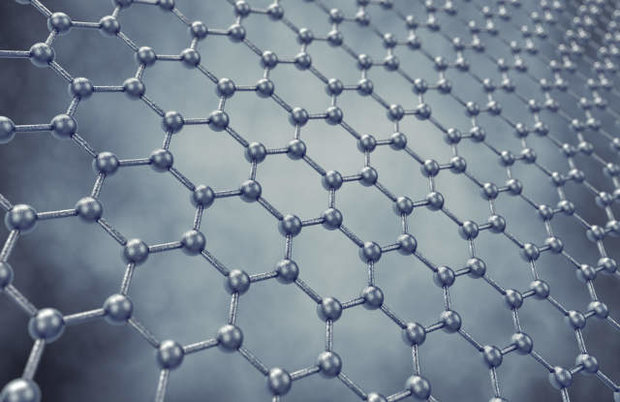According to Iran Nanotechnology Initiative Council (INIC), hybrid nanoparticles based on modified graphite nanoplates have been used in the production of the coating.
Concrete and cement systems are widely used to protect steel structures against fire caused by hydrocarbon materials. These materials are used at very high thicknesses, and there is high tendency for fracture and crack in these materials. In addition, they need anticorrosive substrate coatings due to their high sorption of humidity and the presence of corrosive environment.
Passive Fire Protection (PFP) systems are good replacements for concrete coatings and for light cement coatings. The coatings increase the time for reaching the critical temperature of the structures and enable the safe exit of people and provide time for controlling the fire.
Inherently Fire Retardant (IFR) is among the most important PFP systems. These materials act as a normal coating in normal conditions. However, they create a foam of carbon coal layer during a chemical reaction in the presence of fire, and they decrease heat transfer to the metallic bed but increase the time for the structure to reach its critical temperature.
The coatings, however, do not protect the structure from corrosion and they do not stick to the steel structure at very high temperatures. Therefore, it has been tried in this research to produce an IFR nanocoating to protect the steel structure from corrosion in normal conditions while it has good performance in contact with fire.
Hybrid nanoparticles based on modified graphite nanoplates have been used in the production of the coating. Therefore, the fireproof properties of the coating and its mechanical strength have increased. In addition, the product does not require any anticorrosive substrate coating due to the increase in its corrosion resistance properties. This fact decreases the price of the coating due to the reduction in the number of the required substrates.
MS/PR






















Your Comment